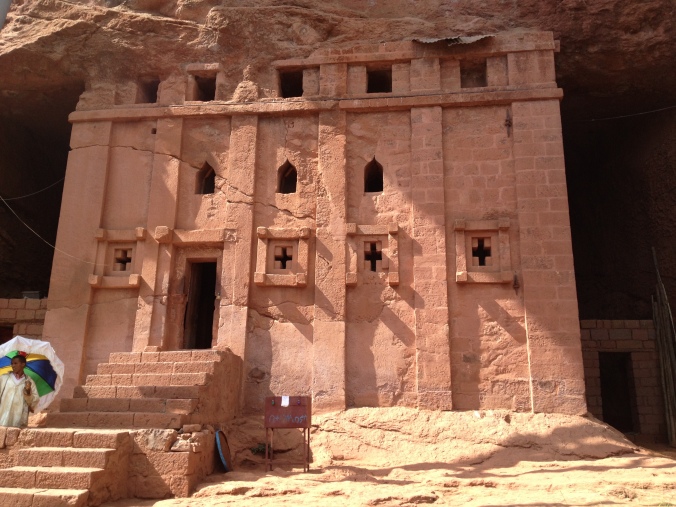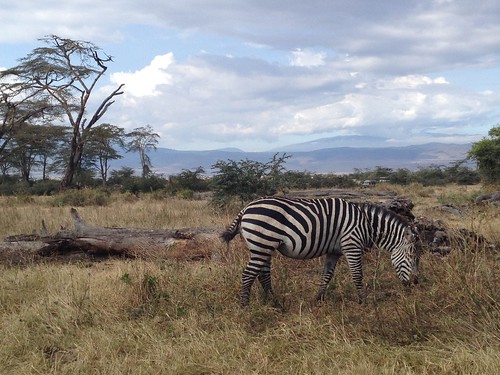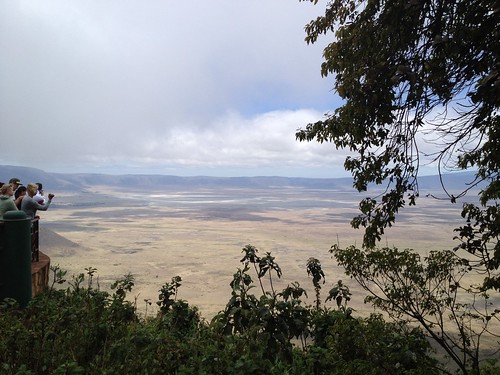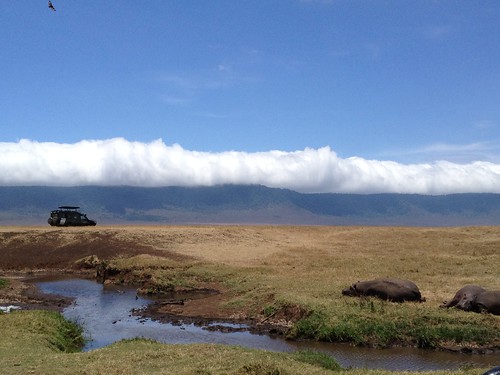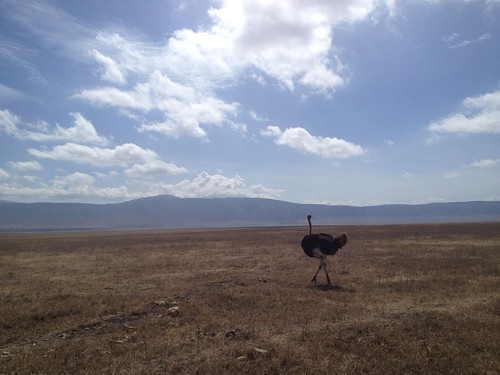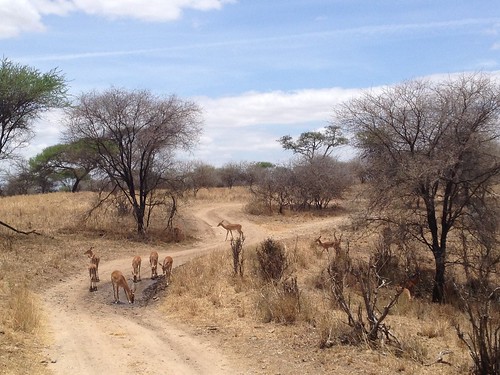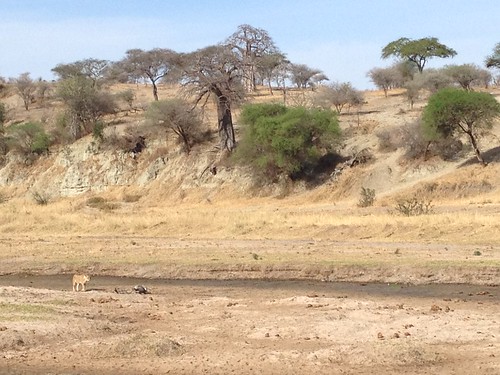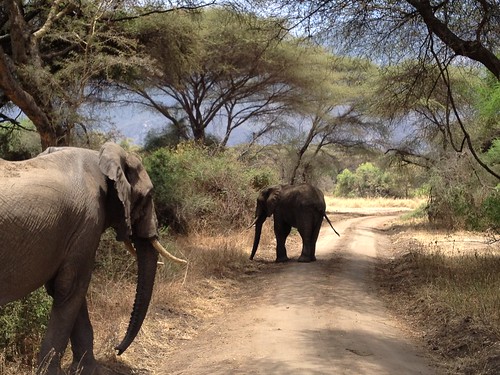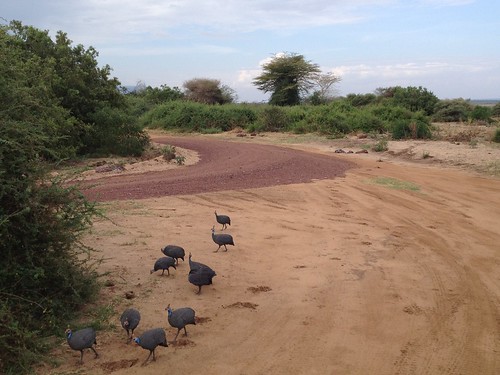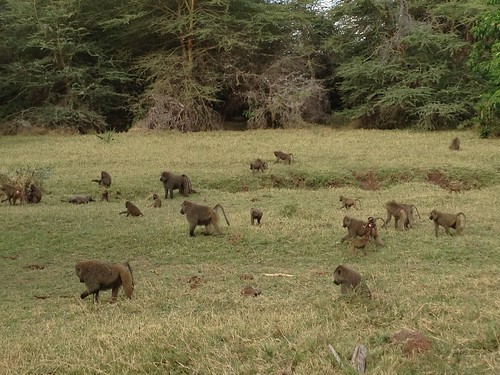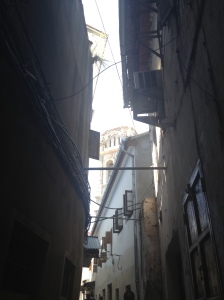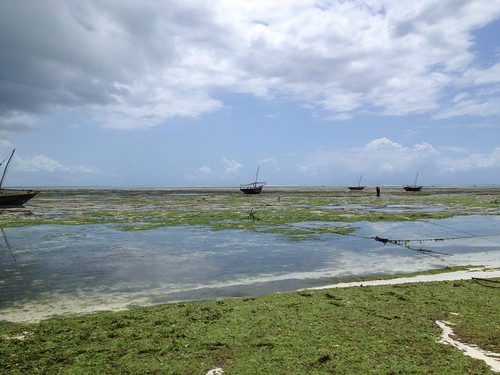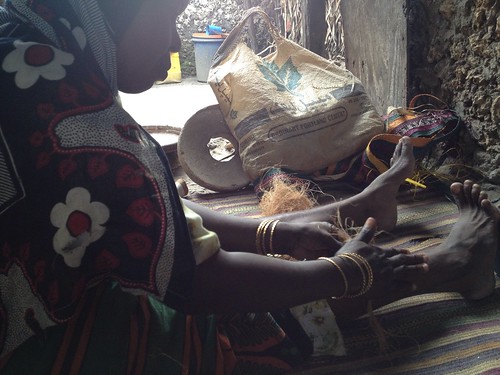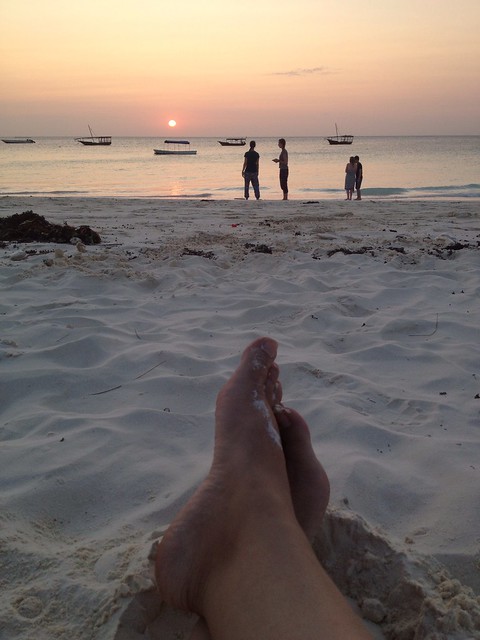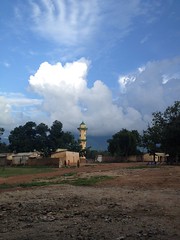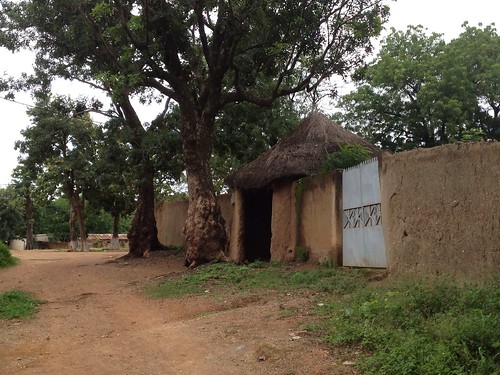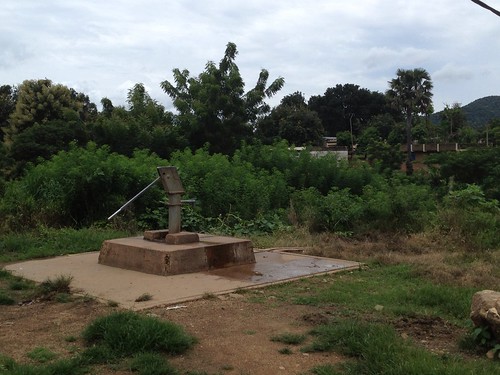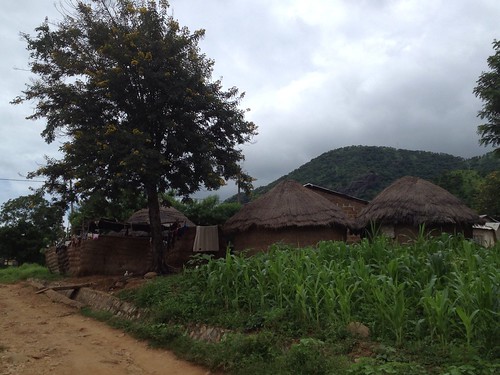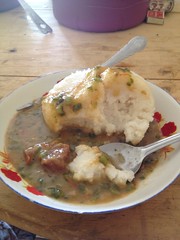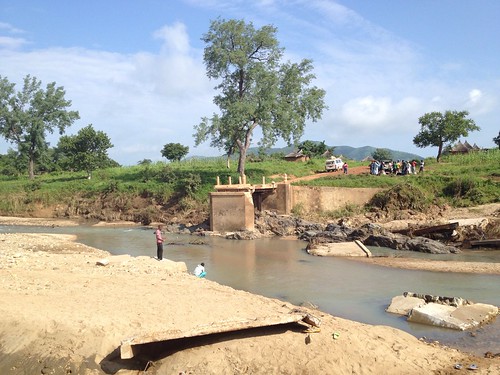The evening before the North region Men as Partners Conference was to start, my counterpart Théo approached me. Theo is the Chef de Centre at the Youth Center in my town, and the purpose of this conference was to bring together Cameroonian men and women from around Cameroon’s Grand North, along with American Volunteers, to discuss issues related to gender, health, and development.
Théo told me that he was glad that the Peace Corps was putting on a conference that concerned men, since so often things like this only include women.
Now usually my instinct is to bristle at men trying to say that we shouldn’t be highlighting the plight of women in particular. To that man at that round table last year who asked, why is it the Ministry for the Promotion of the Woman and the Family? Isn’t the woman already part of the family? What about men? To him I say that maybe men don’t need to be promoted so much, since men aren’t constantly marginalized because of their gender. After all, it’s women who, all over Cameroon, are sometimes not allowed to leave the family compound, even to go to the health center, without special permission from their husband. All over Cameroon, and especially in the Grand North, girls who do go to school are dropping out early because of early pregnancy or marriage, or because their families prioritize paying their brothers’ school fees over theirs – to the point were at all of the three high schools in my town there are at least twice as many boys enrolled as girls. All over Cameroon, if a woman even bothers to try to report a rape, she is overwhelmingly more likely to be laughed at or be blamed herself than given any sort of help.
But the fact remains that it doesn’t actually make sense to take on such a large issue as how gender is viewed in a society while ignoring half the population. That’s what the Men as Partners Conference was about: involving men in talking about and transforming gender roles. I think that Théo did get that, if not at the beginning of the conference, then certainly by the end.
And it was definitely an interesting three days.
The first day was dedicated mainly to discussing what gender is, acknowledging perceptions of how men and women should behave in society, and sharing how we experience gender. One of the most interesting sessions of the whole conference for me was the “Gender Fishbowl.” This involved first the Cameroonian women sitting in a circle in the middle of the group discussing what it is like to be a woman in Cameroonian society and what they wished men understood, while the men sat on the edges and listened. Then everyone switched places so that it was the men in the center talking about what it is like being a man while the women listened. The women talked about challenges like not being part of the decision making process in their families and the amount of work they are expected to do. Women in Cameroon are expected to care for the children, do all the household work, whether or not they have a “real” job as well, and if their family farms (as most families do), then they do that, too. When it was the men’s turn, some of them started off by complaining that women talk and nag too much. The moderator for this whole conference, Sylvie, who is Peace Corps Cameroon’s Community Health Program Manager, was doing a really good job keeping the discussion going during this session, and at this she spoke up with something like “Don’t lie, guys, tell us what is really the most difficult thing about being a man in Cameroon.” Soon we started hearing about things like the weight of responsibility that men often feel, especially if they are the head and sole decision maker for a family.
Another session the same day was called “Be a Man.” This entailed Cameroonian men making a list of what was meant when someone said “be a man,” while all the American men did the same (though they listed what it meant in the American context). The Cameroonian and American women also made lists of what our respective cultures considered ideal for women. When we all came back together to share and discuss, we found that the Cameroonian and American lists had a lot in common. The Cameroonians also readily admitted that several of the traits that marked “being a man” were not really positive, like drinking a lot and being violent. Interestingly, Cameroonians had no problem with any of the things listed that women should do, including being submissive. Still, I think both these both these sessions helped illustrate that strict gender roles can weigh on both men and women. These aren’t only women’s issues.
A session on the third day turned out less successfully. By that point the focus of the conference had turned to gender-based violence. One activity entailed the men and women splitting into two groups (this time the Americans and Cameroonians were together) and making lists of things that they did on a daily basis to avoid being on the receiving end of gender-based violence. In the room with the women, the group started listing things like avoiding secluded and poorly lit places after dark, wearing modest clothing, avoiding strange men, and going places with other people rather than alone. When the two groups came back together we found that the men had listed things like having a plan in mind and having clear objectives in life. These are things Cameroonian men like to talk about when they talk about the problems with delinquent youths. I’m not entirely sure, however, how these issues relate to gender-based violence, and do think that should have been questioned. On a daily basis, do they think to themselves, I need to have a plan and a goal, and the reason is because otherwise I might be raped?
Sylvie kind of started out like this, but then she went straight on to making fun of the men and their list. Throughout the room, some men started to laugh along and make fun of the list too, and others just tuned out completely. What wasn’t happening, though, at least not with the vast majority of men in the room, was them taking the issue seriously and engaging with it.
During lunch I talked to one of the male Volunteers who was there when the men were making their list, and he said that at the time all the Cameroonian men seemed to be taking the exercise seriously and were earnest in their suggestions. Why, then, did many of them start laughing along when Sylvie made fun of their list? Why didn’t any of them try to explain their reasoning?
The point of this exercise was to point out the daily struggles women often face and that, yes, maybe men are often somewhat sheltered from these same struggles. But when it came to the discussion portion of the session, it was lead in such a way that the most of the men weren’t really listening. They saw that their contributions were being belittled, and they shut down.
Look, it’s not that I think that Cameroonian men are delicate flowers and we need to put their feelings before all else, because that’s not at all the point. The point is that if we want to help women in Cameroon, the way to do it probably isn’t to alienate the other half of the population. The point is that if we want attitudes to change across a society, then we need a dialogue that includes people from all parts of it.
And there is no dialogue if one side isn’t listening.











